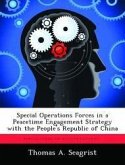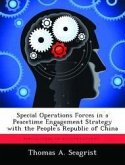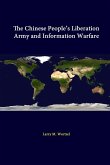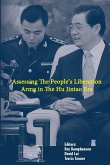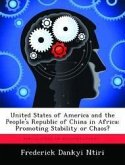From 1990 to 2010, China's military experienced a massive modernization effort. U.S. efforts to determine the scale and scope of this effort were incorrect. In the case of the People's Liberation Army Air Forces (PLAAF), advanced technology and a menacing stance toward Taiwan, infer an offensive-minded China. This expansionist characteristic contradicts the PRC's stated grand strategy and understates China's willingness to participate in the international system. Given these contradictory strategic contexts, military analysts choose to base PLAAF growth purely on weaponry potential. These predictions disregard the effects of strategic context and therefore err in very large ways. This monograph discusses the failure of the U.S. military to predict the evolutionary path of the PLAAF. These failures attribute unlimited capacity to PLAAF assets and apply the wrong strategic model to China's military industrial complex. Using two predictive case studies, the author compares the predicted analysis against historical acquisition data to determine the validity of each model. The RAND study presents the 1992 PLAAF as desiring modernization efforts that support an offensive realist model. These efforts attempted to bring the PLAAF into parity with the airpower witnessed in Operation Desert Storm. This offensive realist theme showed a preference for quantitative gains. The Holmes study however, shows a defensive realist interpretation where China balances internal and external sources of conflict. The defensive realist theme showed a preference for qualitative gains. Predictive estimates about the PLAAF and PLA remain devoid of strategic intention. By not applying China's demonstrated strategic agenda, military analysts'; predictions provide unreliable guidance. Despite offensive realist projections, the PLAAF and PLAN inventories continue to decrease, as the PLA opts for qualitative improvements over quantitative ones. The broader implications of performing single-service m
Hinweis: Dieser Artikel kann nur an eine deutsche Lieferadresse ausgeliefert werden.
Hinweis: Dieser Artikel kann nur an eine deutsche Lieferadresse ausgeliefert werden.



